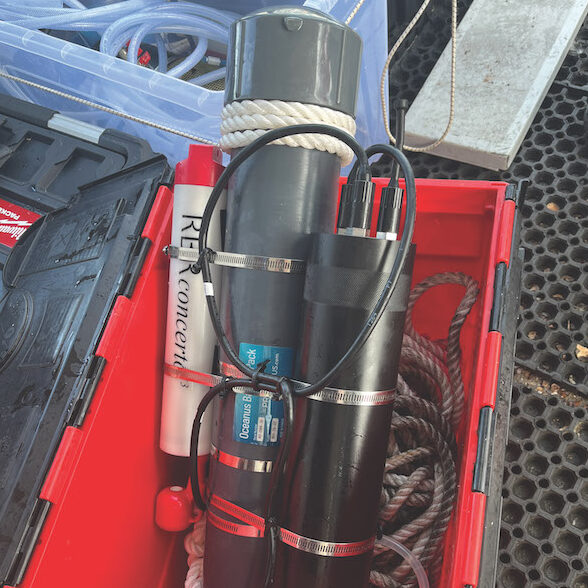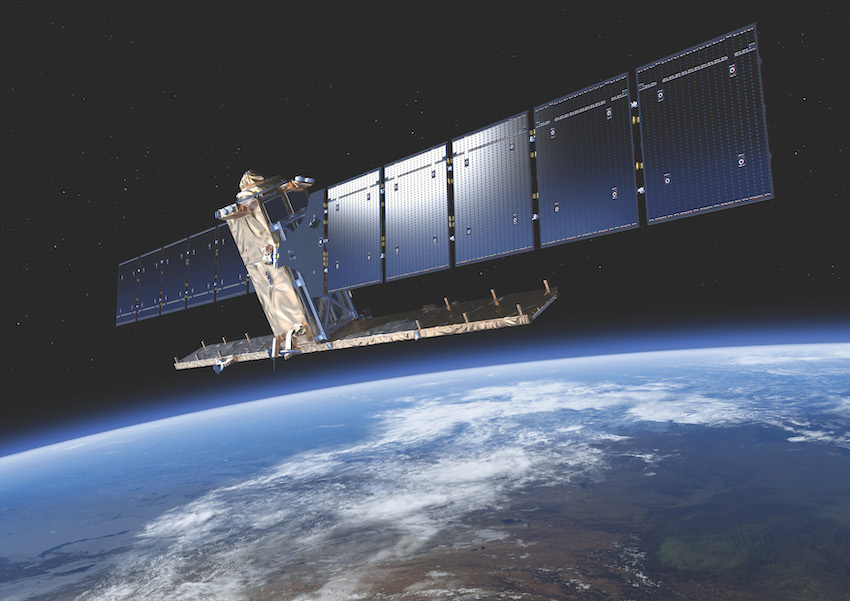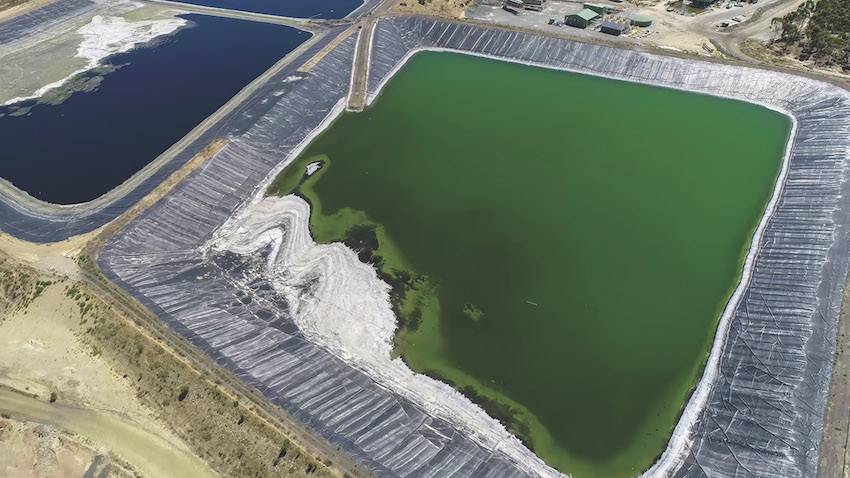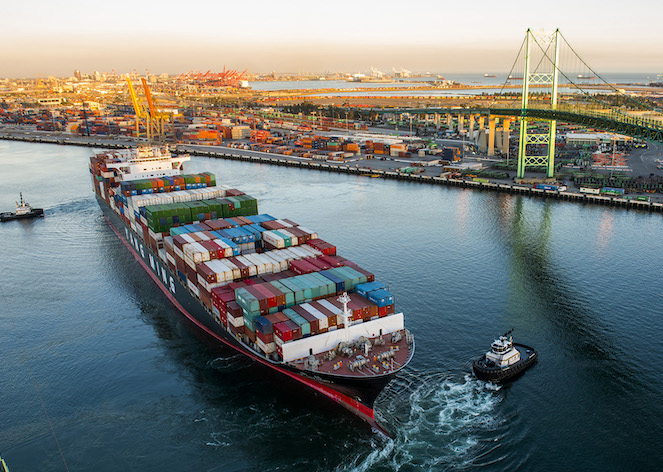Planetary Tech transforms mine waste into a carbon-removal tool. Peter Chargin, a Vice President at the company, speaks with Brunswick.
Why does the ocean need to be given “an antacid,” and how does that help with carbon removal?
Right now, the ocean and the atmosphere are in equilibrium as far as CO2 is concerned. Unfortunately, over the last 150 years, a lot of the CO2 that we’ve added to the atmosphere has migrated into the ocean. And when you add CO2 into the ocean, it becomes more acidic. If you add a base to an acid, it neutralizes. When it neutralizes, that reduces the amount of carbon dioxide in the ocean. Since the atmosphere and the ocean are going to reach equilibrium, that means the ocean will draw down carbon dioxide from the atmosphere.
You can make a really big difference in the atmosphere and only make a tiny difference in the ocean. If you removed all of the post-industrial era carbon dioxide that the world has put into the atmosphere, it would make less than a 1% difference in the amount of carbon dioxide in the ocean. It’s like a coffee mug versus a bathtub.
And you produce that “antacid” by using products from mine tailings. Is that safe?
Yes. All the science says this is safe. We’re just accelerating nature’s process—what’s called the geologic carbon cycle. It’s a natural process that involves the acidity of rainfall reacting with rocks, and the water eventually winding up in the ocean. It’s exactly the same process. You have to get alkalinity to add it into the ocean, and it needs to be pure. We’ve developed the process to create and purify alkalinity, and we’re scaling up now.
We are starting projects around the world to add alkalinity into the water and validate that all the science and all the content is actually true. We’re starting incrementally, and then growing over time, as we become more confident that what we believe is true is actually true.
And to put all of this in perspective: We’re adding a few thousand tons of alkalinity to the ocean, compared with 38,000 billion tons of carbon the ocean holds. A trace amount, in other words. The good news is that it only takes a small amount of change to make a difference.

Planetary Tech transforms waste from mines into alkalinity that can safely be added to the ocean. Above, a sensor Planetary Tech uses to monitor that process.
Planetary Tech was awarded the X Prize from the Elon Musk Foundation. Do you have any other sources of funding or revenue?
Yes, we have revenue. It’s small right now. Most of our funding has come from grants and venture capital. But this year, we will be selling, for redemption in 2023, between 2,000 and 3,000 tons of carbon credits. And then next year, we’ll be selling between 10,000 and 20,000 tons, so that will make us one of the largest carbon removal companies on the planet.
Planetary Tech’s mission is to remove a billion tons of carbon dioxide. Is that realistic?
Yes, it is realistic. It won’t happen overnight.
One of the challenges we face is public knowledge. People just don’t know what carbon removal is. There’s no draw from the public to say, “We want to support permanent carbon removal.” If there were that pull, we’d be able to move much more quickly because there would be more of a requirement from governments and industry to provide these high-value permanent carbon credits. But they’re not available now.
It also takes time to scale—it’s a challenge any new industry would have. It takes time to build the many production facilities that we need to process the mine tailings and produce the alkalinity. And to do it in a way where we’re making sure we’re a trusted provider. People aren’t sure they should trust organizations that are claiming permanent carbon removal. We want to do projects in places where the local communities really want us to be there.
But by 2035, 2040, we will be in a place where we’re able to get close to that gigaton removal we’ve talked about.
More from this issue

Nature Positive
Most read from this issue

Bird’s Eye View




